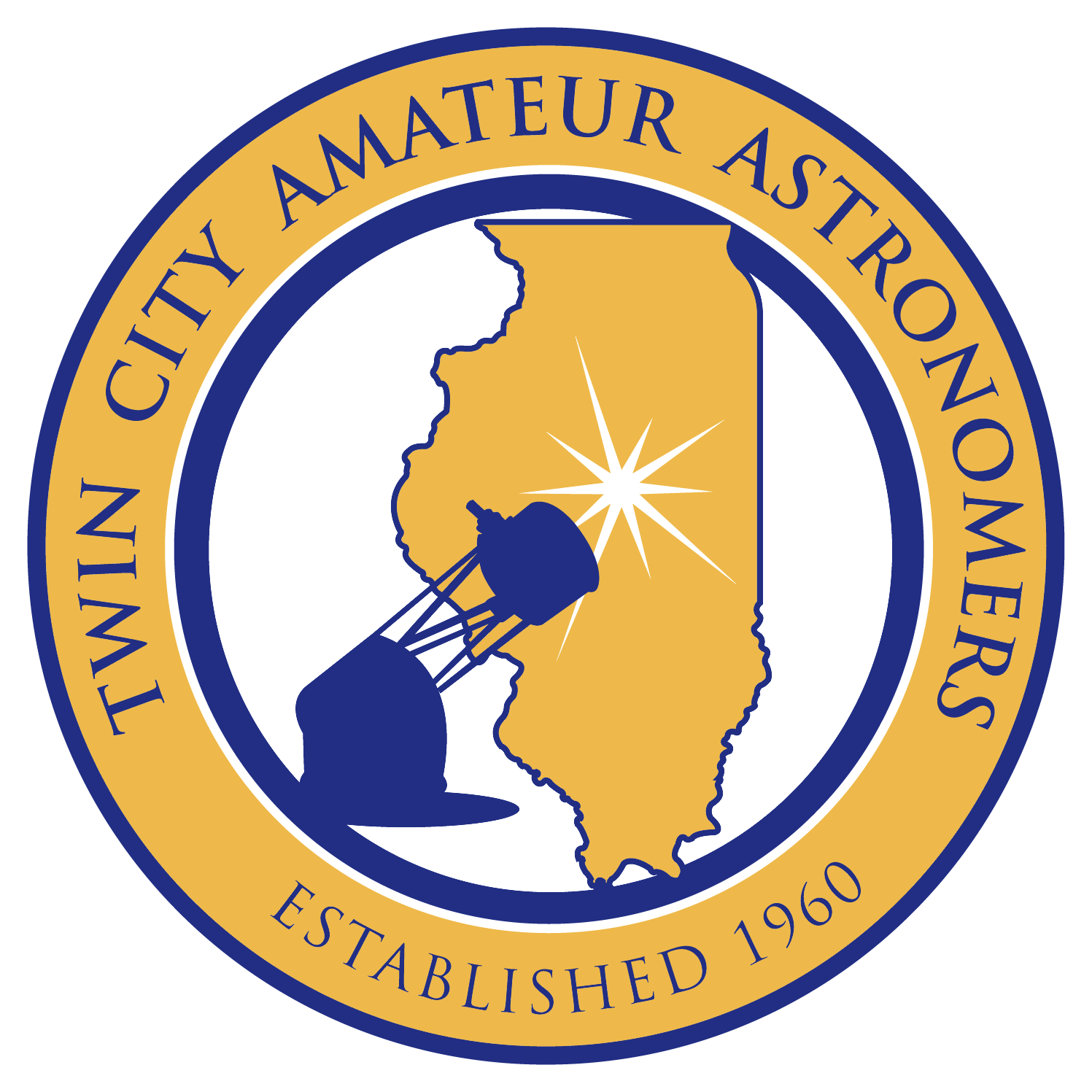Globular Clusters are dense groups of stars that often contain over 100,000 members.
Globular Clusters are found to contain old stars. They are located beyond the boundry of our galaxy, but are distributed spherically about its center.
Spectroscopic analysis has shown that the bright, blue stars that are thought to be younger, are missing from globular clusters. This leads us to believe that these clusters are quite old.
Analysis of selected individual stars located in globular clusters, specifically the Cephid variable stars, give us an estimation of their distance from Earth. From this, we are able to estimate that they are located beyond the boundry of the Milky Way galaxy. This distance calculation, along with their positions in the sky leads us to believe that globulars are randomly located around the galactic center. These considerations make us think of Globular Clusters like a swarm of micro-galaxies that are gravitationally bound to the Milky Way.
We classify Globular Clusters by their concentration using the Shapley-Sawyer scale. The scale runs from 1-12 and is represented as roman numerals with Class I being the most compact and Class XII being the most dispersed.
